The symbols used in Celtic charms draw upon the powers of the natural world, from intricate abstract patterns to imagery based on animals and trees.
Celtic artwork originated from the Celts' magical traditions involving nature, which recognised the interconnection of all life. Their complex knotwork patterns linked human figures and animals and created pictorial charms. They believed the power of nature could be channelled for protection, love, healing and so on by choosing the appropriate symbol.
When we wear Celtic designs on jewellery or clothing, we are making a statement about our identity. We feel a special connection with our ancestors, and express this by keeping close to us the symbols that were important to them.
Symbols of kinship
The ancient Celts carved symbols into rocks and buildings to identify their land and to forge a line from their ancestors through to the present. They recognised whether strangers were friends or enemies by the symbols they wore. In the same way in the modern world, two people who both wear Celtic designs can recognise one another.
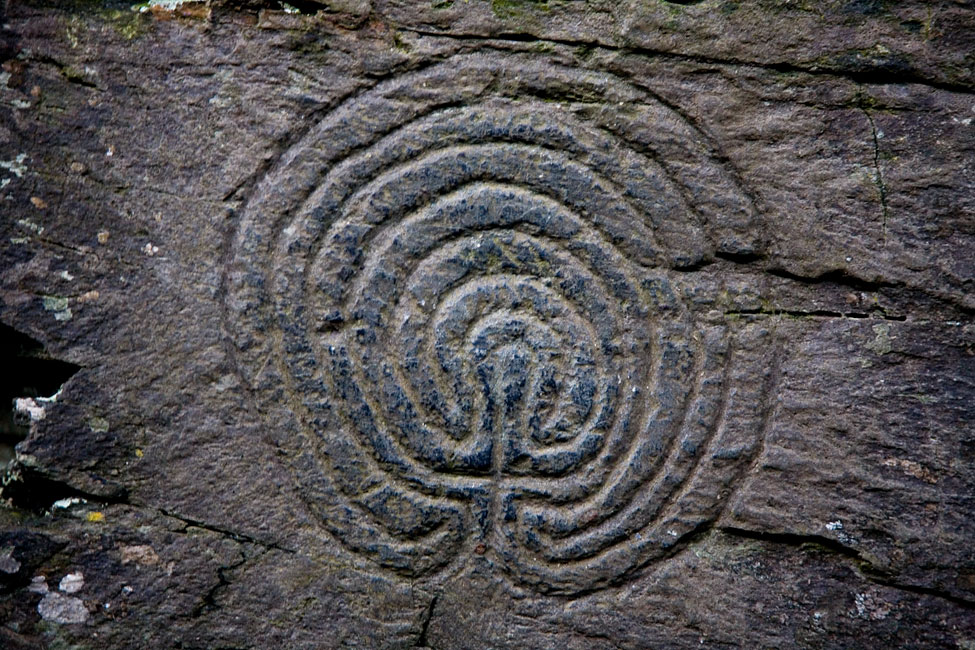
Harnessing animal attributes
The Celts were also able to predict the future by watching the behaviour of animals, particularly birds. These were seen as the messengers of the gods, gifted with psychic abilities and wisdom. Wearing a Celtic animal charm enabled the wearer to possess the magical attributes of that animal
A place in the universe
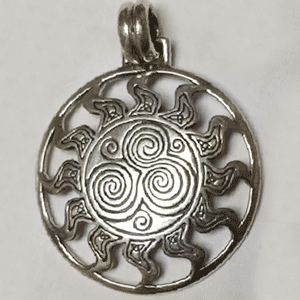
Many Celtic symbols are associated with the Sun, vitality, and our place in the universe.
This is particularly true of the intricate knotwork most often associated with Celtic designs.
Understanding the true meanings behind Celtic symbols can help us to choose the charm that is best for us.
Celtic Jewellery
Celtic rings and pendants are a modern way of using these designs - the Celts themselves never wore really delicate jewellery. Celtic jewellery became popular in the early 20th century, at the same time as interest in archaeology and our past was growing. More recently, Celtic designs have been popularly linked to 'alternative' lifestyles and a bond with the natural world.
Symbols of trees and stars
Druids were the Celtic shamans and healers. Their worship of sacred trees and studies of astronomy led them to develop the Celtic Tree Calendar and a tree alphabet called the 'Ogham'.
Thus, many Celtic charms also use symbols that derive from trees and from the movement of the stars and planets.
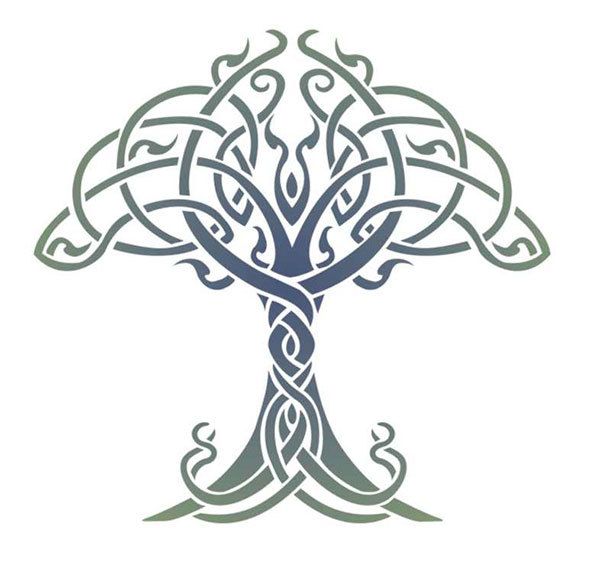
Understanding Celtic symbols
Celtic symbols are still in use today in jewellery, as tattoo design and as decorations. Many designs have meanings above and beyond their decorative value.
Knotwork Interlace
Interwoven knots represent how everything on Earth and in the cosmos - including us - is connected through nature. These designs, which often meet up to form never-ending circles, are popular motifs for rings and tattoos.
Trinity knot
Three was a sacred number to the Celts. The Trinity knot, with its three points, is thought to represent the triple aspect of Celtic gods.
Knotwork crosses
Celtic knotwork interweaves to form a cross, which signifies a crossroads or meeting place.
Circles and spirals
Lanyrinth
Mazes represent pathways leading to the centre
Cup rings
These designs were often carved on stone. Many are the basis of today's crop circles
Triskele
The arms spiralling out reflects a balance between your inner consciousness and outer self.
The lovers' knot
Intertwined infinity symbols represent two people coming together as one
Wheel
This is a representation of the Sun. The spokes represent the rays of light. Model wheels lit the dead's way to the afterlife
Swastika
Originally a symbol of good luck, the swastika was appropriated by the Nazis who reversed the direction of the 'spokes'.
Diagonal Swastika
Celtic designs also used a more triangular and organic swastika design to represent the Sun and radiating beams of light.
Swords
We often use Celtic swords as brooches, honouring our ancestors' bravery in battle.
Unlucky Celtic symbols
Most birds were believed by the Celts to be sacred messengers of the gods, but owls were considered an unlucky symbol - a winged creature that was shunned by the light of day. Their inclusion in folklore was often as a bird of ill-omen.
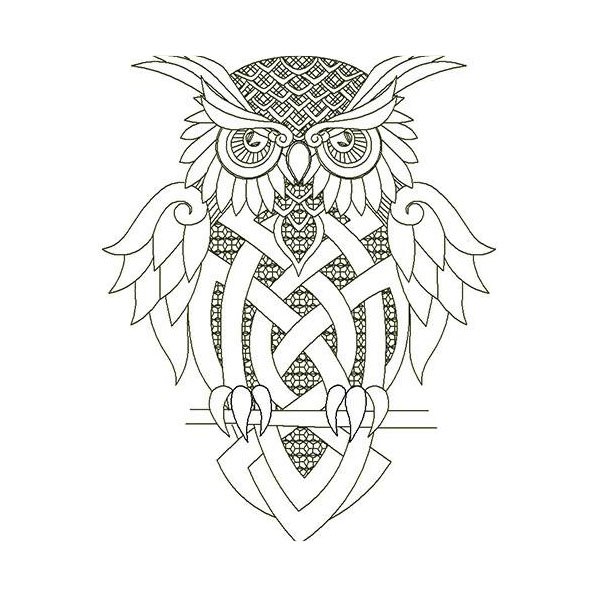
Owls sometimes bear the name of 'flower face' due to their mention in the legend of Blodeuwedd, a girl made out of flowers to be the bride of the god Llew. The maiden eventually betrayed her husband by attempting to murder him. Her punishment was to be turned into an owl - a predatory creature of the night. In Gaelic traditions, the owl is under the protection of 'cailleach', the old woman who represents the spirit of winter.
Linking the living to the dead
Not all predatory birds were feared by the Celts. The hawk, for example, was believed to link the living to their ancestors. A hawk charm such as a feather was also used to enhance memory and to gain a sense of perspective during difficult times.
Using figurative symbols
The figurative and abstract symbols used in Celtic charms have magical associations in myth. Amongst the qualities they can bestow include wisdom, luck and courage.
Animal symbols
Fish
Fish, particularly the salmon in the legend of Fionn mac Cumhal, represent wisdom in Celtic mythology. Charms incorporating fish designs can be used to help you study or when you are learning new skills.
Horse
Horses are associated with the Celtic goddess Epona whose mount is the mythical White Mare. As horses were a mode of transport for the Celts, horse charms can be used to attract travel opportunities or to bring luck when moving house.
Dog
Dogs are a symbol of loyalty and service to others. Celtic kings and chieftains commanded the royal title 'hound', because they were expected to be faithful in their duty to their subjects as dogs were to their masters. A dog charm can help you handle positions of authority fairly.
Crow
In Ireland, the crow was called 'badh', which was also the name of a warrior goddess linked to Morrighan, goddess of war. Crows' feathers can be worn when you need the courage of a warrior to fight your troubles.
Peacock
In Celtic traditions, the peacock is a symbol of splendour. This association is quite obvious from the strutting and vain behaviour of the male peacock, as he delights in displaying his beautiful tail feathers. In the book of Kells, a beautiful medieval book written and illustrated by Irish monks, the peacock is a symbol of purity and health. Peacock feathers can be used as charms to bring the bearer dignity, beauty, recognition, self-assurance and pride.
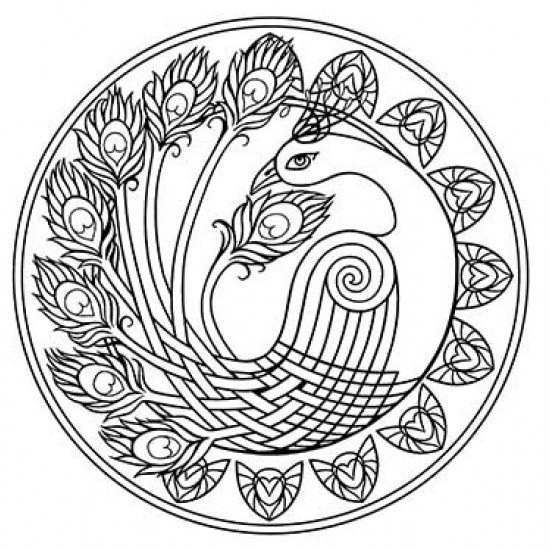
Mythical creatures
Sheela Na Gig
The Sheela Na Gig image represents the Great mother Goddess giving birth to the universe. Women touched this symbol to aid conception and also used her image as a charm to ease the pain of childbirth
Cerne Abbas Giant
The Cerne Abbas Giant is a Celtic charm for fertility and sexuality. Carved into a chalk hill in Dorset, the enormous figure is pictured holding a staff and a mask, symbols of shamanism and magic.
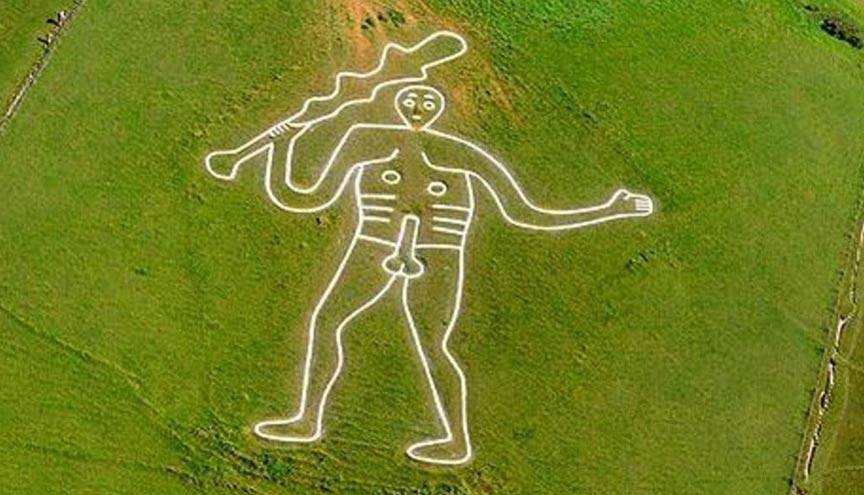
Some theories suggest that this giant was created in worship of the Roman hero demigod Hercules. This mythical figure could have been introduced to Celtic folklore during the roman invasion.
Dragon
Dragons feature often in Celtic mythology and are symbolic of elemental power. Traditionally they are aligned with the earth element and a dragon charm can help the bearer feel more grounded.